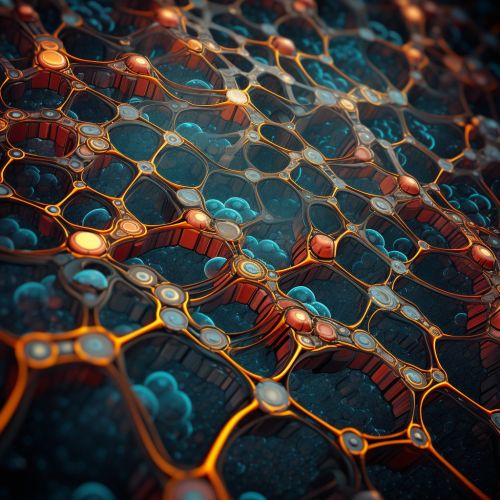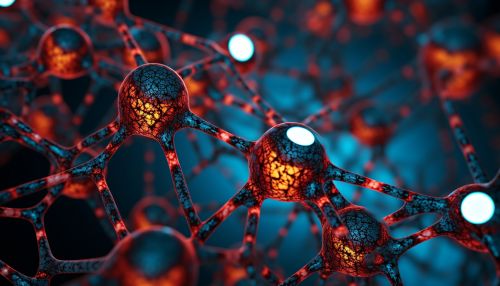Gap junction
Introduction
A Gap junction is a specialized intercellular connection between a multitude of animal cell-types. It directly connects the cytoplasm of two cells, which allows various molecules, ions, and electrical impulses to pass directly through a regulated gate between cells.
Structure
One gap junction channel is composed of two connexons (or hemichannels), which connect across the intercellular space. Connexins are the proteins that make up these channels. A connexin is arranged in groups of six to form a connexon, and two connexons form one gap junction channel.


Function
Gap junctions are analogous to the plasmodesmata that join plant cells. They are essential for many physiological processes, such as the coordinated depolarization of cardiac muscle, the propagation of action potentials between smooth muscle cells, and developmental processes.
Clinical significance
Mutations in connexin genes can lead to functional and developmental abnormalities, leading to various diseases. For instance, mutations in the connexin gene family member GJB2 are causative for the majority of nonsyndromic deafness.
